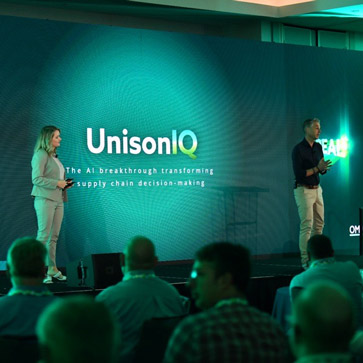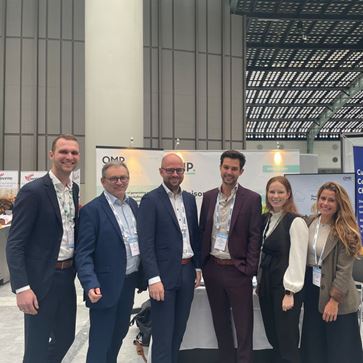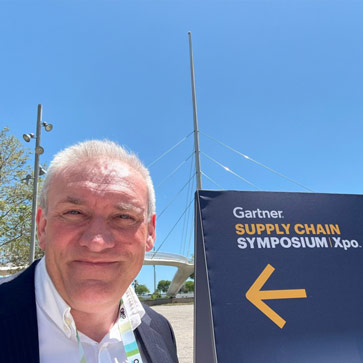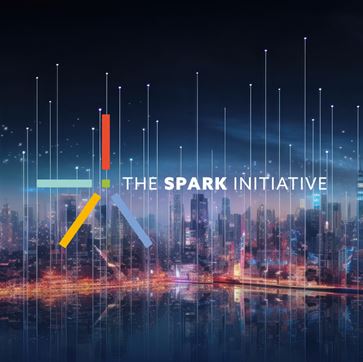
If software integration cannot make a project, it surely can break it
Martin Thesling - October 10, 2024

Of all the issues that could arise during a business’s digital transformation project, technical issues can receive the least advance attention. Why might that be? Business owners certainly tend to focus primarily on functionality, trusting that technical matters will be dealt with by the techies. After all, techies are brilliant, aren’t they?
Today’s business reality requires near-real time integration
The subject keeps popping up in my mind, especially when companies struggling to integrate their ERP system contact us. ERP integration is often regarded as the purely technical matter of giving the planning system access to up-to-date ERP-native data (very often SAP), such as materials, resources, customers, sales orders, production assets, and processes. This integration also needs to feed the ERP system with production schedules created in the planning software, as well as data maintained within it, so that they are available for the shop floors, transport planning, and more.
Increasingly, with heightened customer expectations for next-day delivery and visibility into delivery dates, along with the frequent disruptions and local events impacting global businesses, ERP and planning data need to be synchronized very frequently, which often means in near-real time.
Near-real time integration has become vital for the success of implementing a supply chain planning solution. Events must be detected in good time. If ERP integration falls short in this respect, the value that companies want to achieve by digitizing their supply chain planning can melt away like snow in the sun. Events can only be picked up by a system when the associated data is available in that system. Any delay in updating the data will inevitably mean delayed response.Standardized, reliable, robust, and very fast
In this era of agile supply chains, solutions relying on somewhat primitive, custom-made ERP data exchanges every 24 hours are bound to fail.
The integration needs to be standardized, reliable, robust, and very fast! It should support updates in both directions — incremental if that’s what is needed to speed up the process. Dependable consistency and completeness checks with clear warnings are key to avoiding one system introducing inconsistent data into the other. Importantly, integration should be forward compatible and future-proof so that the planning solution does not create obstacles to an ERP upgrade. And, the planning solution should also be capable of being integrated into a complex and heterogeneous landscape of multiple ERP (and other) systems.
Integrating with complex, multi-instance, mixed-release landscapes
That’s why at OMP, we’ve been investing in our own OMP Namespace for SAP for more than 20 years, integrating the bi-directional SAP connection into our standard solution. This solution has exactly what is needed out there, even for companies with complex, multi-instance, mixed-release SAP landscapes. In addition, we complement our OMP Namespace for SAP with standard and certified APIs to seamlessly integrate non-SAP data, including the growing wealth of outside-in data.
From their experience, our customers strongly endorse the prioritization of ERP integration. Because they know that while it cannot make a project, it surely can break it.
Want to learn how to integrate flawlessly at the speed of business? Learn more about OMP’s data management and integration solutions.

Martin Thesling
Presales Lead at OMP DE
Biography
With more than ten years' experience specializing in engaging in the tendering process, Martin has collaborated as a pre-sales consultant with prospective customers from a range of industries, including logistics, consumer goods, chemicals, and life sciences, before taking on his current lead role.





